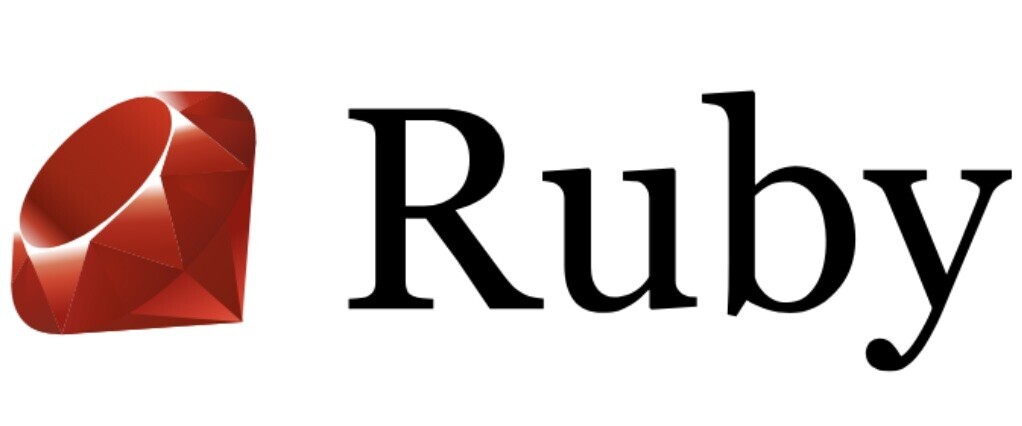↓↓クリックして頂けると励みになります。
【22 | StringBuffer】 << 【ホーム】

Rubyの構造体(Struct)は、Rubyプログラミング言語で複数のデータをグループ化するためのデータ構造です。
通常、複数の関連するデータを一つの単位として扱う必要がある場合に使用されます。
構造体は、クラスと似たような機能を提供しますが、定義が簡潔であり、オブジェクトを作成するための便利な方法を提供します。
通常、構造体は個々のフィールド(メンバー)を持ち、これらのフィールドには値が格納されます。
Visual Stdio Codeで以下のプログラムを作ってみましょう。
新規作成 【structtest1.rb】
class Structtest1 def printElephant( e ) puts '名前:' + e.name.to_s + ',' + '年齢:' + e.age.to_s + ',' + '体重:' + e.weight.to_s end end Elephant = Struct.new(:name, :age, :weight) e1 = Elephant.new() e1.name = '花子' e1.age = 8 e1.weight = 5000 e2 = Elephant.new() e2.name = '太郎' e2.age = 7 e2.weight = 6000 s = Structtest1.new() s.printElephant( e1 ) s.printElephant( e2 )
Rubyで構造体を定義するには以下のように行います。
構造体名(先頭大文字) = Struct.new(:要素1, :要素2, :要素3)
今回は「Elephant」という名の構造体で「name」「age」「weight」の3つの要素を持っています。
Elephant = Struct.new(:name, :age, :weight)
要素に値を代入するにはまずインスタンスを作ります。
# インスタンスを作成 e1 = Elephant.new() #各要素に値を代入 e1.name = '花子' e1.age = 8 e1.weight = 5000
出力結果です。
~/Desktop/Programming/RB $ ruby structtest1.rb 名前:花子,年齢:8, 名前:太郎,年齢:7,
Visual Stdio Codeで以下のプログラムを作ってみましょう。
新規作成 【structtest2.rb】
class Structtest2 def printElephant( e ) puts '名前:' + e.name.to_s + ',' + '年齢:' + e.age.to_s + ',' + '体重:' + e.weight.to_s end end Elephant = Struct.new(:name, :age, :weight) e = Array.new(3) e[0] =Elephant.new() e[0].name = '花子' e[0].age = 8 e[0].weight = 5000 e[1] = Elephant.new() e[1].name = '太郎' e[1].age = 7; e[1].weight = 6000 e[2] = Elephant.new() e[2].name = 'ゴン太' e[2].age = 1 e[2].weight = 1000 s = Structtest2.new() for i in 0..(e.length-1) do s.printElephant( e[i] ) end
この様に作成した構造体のインスタンスを配列に格納して利用することも出来ます。
Elephant = Struct.new(:name, :age, :weight) e = Array.new(3) e[0] =Elephant.new() e[0].name = '花子' e[0].age = 8 e[0].weight = 5000
実行結果です。
~/Desktop/Programming/RB $ ruby structtest2.rb 名前:花子,年齢:8, 名前:太郎,年齢:7, 名前:ゴン太,年齢:1,
Visual Stdio Codeで以下のプログラムを作ってみましょう。
新規作成 【structtest3.rb】
class Structtest3 def printElephantFamily( family ) print '[父親]' printElephant( family.father ) print '[母親]' printElephant( family.mother ) for i in 0..(family.children.length-1) do print '[子供' + (i+1).to_s + ']' printElephant( family.children[i] ) end end def printElephant( e ) puts '名前:' + e.name.to_s + ',' + '年齢:' + e.age.to_s + ',' + '体重:' + e.weight.to_s end end Elephantfamily=Struct.new(:father, :mother, :children) Elephant = Struct.new(:name, :age, :weight) ef =Elephantfamily.new() ef.father = Elephant.new() ef.father.name = '太郎' ef.father.age = 7 ef.father.weight = 6000 ef.mother = Elephant.new() ef.mother.name = '花子' ef.mother.age = 8 ef.mother.weight = 5000 ef.children = Array.new(2) ef.children[0] = Elephant.new() ef.children[0].name = 'ゴン太' ef.children[0].age = 1 ef.children[0].weight = 1000 ef.children[1] = Elephant.new() ef.children[1].name = 'マリア' ef.children[1].age = 0 ef.children[1].weight = 500 s=Structtest3.new() s.printElephantFamily( ef )
構造体「Elephantfamily」と「Elephant」の2つを作り、2重のインスタンスを生成しています。
Elephantfamily=Struct.new(:father, :mother, :children) Elephant = Struct.new(:name, :age, :weight) ef =Elephantfamily.new() ef.father = Elephant.new()
実行結果です。
~/Desktop/Programming/RB $ ruby structtest3.rb [父親]名前:太郎,年齢:7, [母親]名前:花子,年齢:8, [子供1]名前:ゴン太,年齢:1, [子供2]名前:マリア,年齢:0,
【22 | StringBuffer】 << 【ホーム】
↓↓クリックして頂けると励みになります。